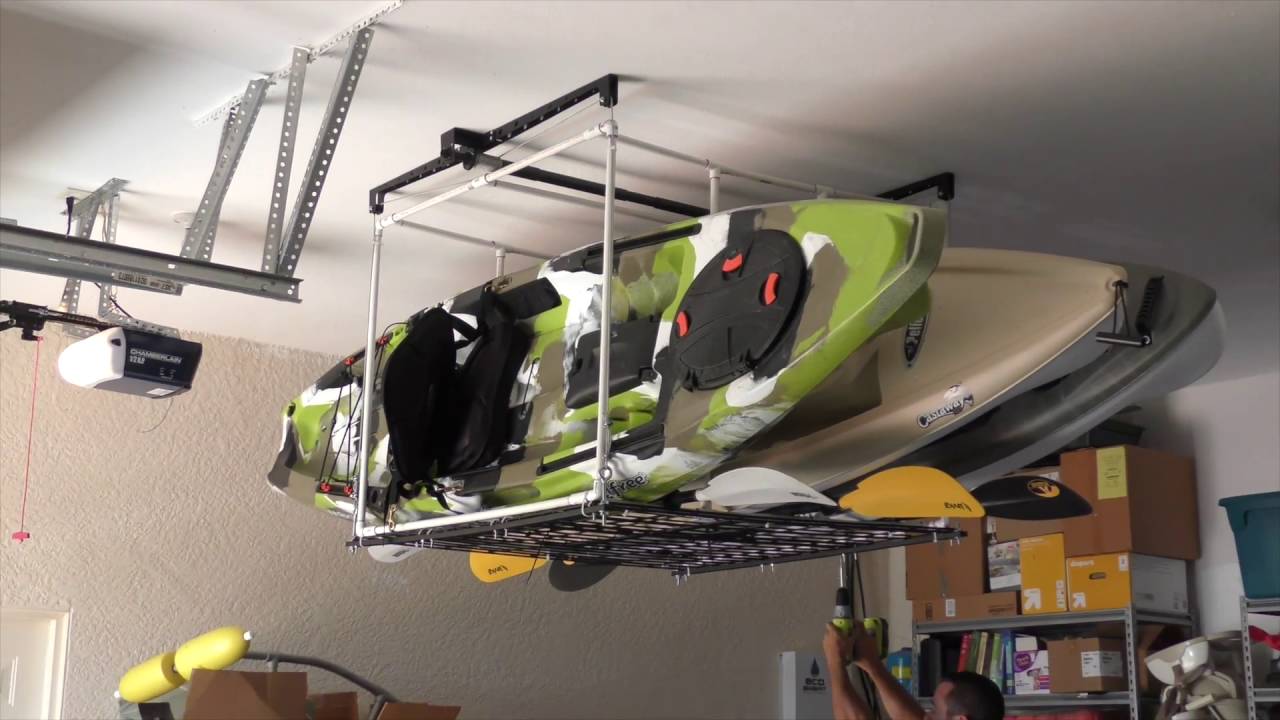

Articles
How To Store A Kayak In A Garage
Modified: January 5, 2024
Learn the best way to store a kayak in your garage with these helpful articles. Protect your kayak and save space with these storage tips.
(Many of the links in this article redirect to a specific reviewed product. Your purchase of these products through affiliate links helps to generate commission for Storables.com, at no extra cost. Learn more)
Introduction
Storing a kayak in a garage may seem like a daunting task, especially if you have limited space. However, with the right storage methods and a little organization, you can safely and efficiently store your kayak, ensuring it remains in top condition for your next adventure.
Having a designated storage spot for your kayak not only protects it from damage but also maximizes the space in your garage. Whether you have a small single-car garage or a spacious three-car garage, there are various storage options available to suit your needs.
In this article, we will guide you through the process of storing a kayak in a garage. From clearing space to choosing the right storage method, we will provide you with valuable tips and insights to make the process as seamless as possible.
So, if you’re ready to reclaim your garage space and properly store your kayak, let’s dive in!
Key Takeaways:
- Properly preparing and storing your kayak in the garage, whether using wall brackets, ceiling hoists, or freestanding racks, ensures its safety, accessibility, and longevity for your next paddling adventure.
- Clearing space, choosing the right storage method, and following additional tips such as keeping the kayak off the ground and protecting it from temperature extremes are essential for maintaining your kayak’s optimal condition during storage.
Read more: How To Store Kayak In Garage
Clearing Space in the Garage
Before you can store your kayak in the garage, it’s essential to clear out sufficient space. This step will not only make it easier to maneuver your kayak but also prevent any potential damage that could be caused by other items in the garage.
Start by removing any clutter or unnecessary items from the designated area where you plan to store your kayak. This includes tools, bikes, sports equipment, and anything else that might obstruct the kayak’s path. Consider donating or selling items that you no longer need to free up space in your garage.
If possible, create a designated area specifically for your kayak. This will help keep it organized and prevent it from getting in the way of other belongings. Utilize hooks, shelves, or a designated corner to ensure your kayak has a dedicated spot.
If you have multiple kayaks, consider stacking them on top of each other to save space. However, make sure to use proper padding or foam between the kayaks to prevent any scratches or damage.
It’s also important to factor in the dimensions of your kayak when clearing space. Take measurements of the length, width, and height of your kayak to ensure you allocate enough room for storage. This will prevent any accidental bumps or dents that could occur while maneuvering the kayak in tighter spaces.
By clearing out space in your garage and creating a dedicated area for your kayak, you will ensure its safety and make it easily accessible for your next paddling excursion.
Choosing the Right Storage Method
When it comes to storing a kayak in a garage, there are several storage methods to consider. The right choice depends on the available space, the type of kayak you have, and your personal preferences.
Here are three popular storage methods to help you decide:
- Wall Brackets: Wall brackets are an excellent option if you have limited floor space in your garage. These brackets mount to the wall and hold the kayak securely in a vertical position. This method is ideal for kayaks of all sizes and shapes. It not only saves space but also provides easy access to your kayak whenever you’re ready to hit the water.
- Ceiling Hoists: If you have high ceilings in your garage, ceiling hoists can be a convenient storage solution. These hoists suspend your kayak from the ceiling, keeping it out of the way and leaving the floor space clear. Ceiling hoists are particularly useful for larger, heavier kayaks that are challenging to lift on your own. With a pulley system, you can easily raise and lower the kayak whenever you want to use it.
- Freestanding Racks: Freestanding racks, also known as kayak stands or racks, are a versatile option that works well for both indoor and outdoor storage. These racks typically come in a set of two or more and provide a secure and stable platform for your kayak. They are easy to assemble and can be positioned anywhere in your garage. Freestanding racks are a great choice if you want flexibility in moving or repositioning your kayak storage area.
When choosing the right storage method, consider the weight and size of your kayak, the available space in your garage, and your budget. It’s important to choose a method that not only keeps your kayak safe and secure but also suits your specific storage needs.
Take some time to evaluate your options and determine which storage method will work best for you. Regardless of the method you choose, ensuring that your kayak is stored properly will help extend its lifespan and ensure it’s ready for your next paddling adventure.
Preparing the Kayak for Storage
Before you store your kayak in the garage, it’s crucial to properly prepare it to ensure its longevity and performance. Follow these steps to prepare your kayak for storage:
- Clean and dry: Thoroughly wash your kayak using a mild detergent and water to remove any dirt, debris, or saltwater residue. Pay special attention to the hull, cockpit, and deck. Once clean, allow your kayak to fully dry before storing it to prevent mold or mildew growth.
- Inspect for damage: Take the time to inspect your kayak for any signs of damage such as cracks, dents, or leaks. Address any issues promptly to prevent further damage during storage. Repair any necessary parts or seek professional assistance if needed.
- Remove accessories: Remove any detachable accessories such as the seat, paddle, or fishing rod holders. Storing these items separately will help protect them and prevent any scratches or damage to the kayak during storage.
- Apply UV protection: If your kayak will be exposed to sunlight in the garage, consider applying a UV protectant spray or storing it in a kayak cover. This will help prevent sun damage and fading of the kayak’s material over time.
- Secure loose parts: Ensure that all hatches, straps, and fasteners are securely closed and tightened. This will prevent them from accidentally opening during storage and avoid any potential damage.
- Use padding: To protect your kayak from scratches or dents, place foam padding or pool noodles along the storage racks, wall brackets, or hoists. This will provide a cushioning effect and prevent direct contact between the kayak and the storage surface.
By properly preparing your kayak for storage, you’ll help maintain its condition and extend its lifespan. Taking the time to clean, inspect, and protect your kayak before storing it will ensure that it’s in optimal shape for your next paddling adventure.
Storing the Kayak on Wall Brackets
If you have limited floor space in your garage, storing your kayak on wall brackets is an excellent option. Wall brackets allow you to vertically hang your kayak on the wall, saving valuable space and keeping it off the ground.
Follow these steps to properly store your kayak on wall brackets:
- Choose the right location: Select a sturdy wall in your garage where you’ll install the brackets. Make sure the location allows for easy and convenient access to your kayak.
- Measure and mark: Use a tape measure to determine the appropriate height for the brackets based on the length of your kayak. Mark the desired position on the wall, ensuring the brackets are level and evenly spaced.
- Install the brackets: Use a drill and the appropriate hardware to securely attach the brackets to the wall at the marked locations. Ensure that the brackets are firmly anchored to prevent any accidents or damage.
- Position the kayak: Lift your kayak onto the brackets, ensuring that it rests evenly and securely. Position the kayak so that it is centered and balanced on the brackets, with the cockpit facing outwards.
- Secure the kayak: Use straps or bungee cords to secure the kayak to the brackets. This will prevent any accidental movement or shifting during storage.
- Add additional support: For added stability, consider placing foam padding or pool noodles between the kayak and the wall. This will provide extra cushioning and protect your kayak from any potential scratches.
Storing your kayak on wall brackets not only saves space but also showcases your kayak as an eye-catching display in your garage. It’s essential to regularly check the brackets for any signs of wear or loosening and make necessary adjustments or repairs as needed.
By properly storing your kayak on wall brackets, you’ll keep it safe, easily accessible, and ready for your next paddling adventure.
Consider using a wall-mounted kayak rack to store your kayak in the garage. This will help save space and keep your kayak safely off the ground.
Read more: How To Store Kayak
Storing the Kayak on Ceiling Hoists
If you have high ceilings in your garage, storing your kayak on ceiling hoists can be a convenient and space-saving storage solution. Ceiling hoists allow you to suspend your kayak from the ceiling, keeping it out of the way while maximizing floor space.
Follow these steps to properly store your kayak on ceiling hoists:
- Determine the installation location: Choose a location in your garage with enough clearance to accommodate the length and height of your kayak when it is lifted. Ensure that there are no obstacles or obstructions that may interfere with the hoisting process.
- Install the hoist system: Use a drill and the provided hardware to securely mount the hoist system to the ceiling. Follow the manufacturer’s instructions carefully to ensure proper installation and weight-bearing capacity.
- Attach the straps or hooks: Attach the straps or hooks to the kayak, ensuring they are securely fastened. Make sure the straps are positioned to evenly distribute the weight of the kayak.
- Slowly lift the kayak: Using the hoist’s pulley system, gradually lift the kayak off the ground. Take your time to ensure a smooth and controlled lifting process. Raise the kayak to a suitable height, leaving enough space beneath it for easy access.
- Secure the kayak: Once the kayak is lifted to the desired height, secure it in place by locking the pulley system or using additional straps. Double-check that the kayak is stable and not swinging or swaying.
- Lower and raise as needed: When you’re ready to use the kayak, release the straps or lock on the hoist system and lower it carefully. After use, repeat the hoisting process to suspend the kayak back to its storage position.
Storing your kayak on ceiling hoists not only frees up valuable floor space but also protects it from potential damage. However, it’s important to regularly inspect the hoist system for any signs of wear or damage and make timely replacements or repairs as needed.
By properly utilizing ceiling hoists to store your kayak, you can keep it safe, conveniently accessible, and ready to hit the water for your next paddling adventure.
Storing the Kayak on Freestanding Racks
If you prefer a versatile storage solution that allows you to move your kayak around as needed, storing it on freestanding racks is a great option. Freestanding racks provide a stable and secure platform for your kayak, allowing you to store it in a designated area of your garage.
Follow these steps to properly store your kayak on freestanding racks:
- Select the right rack: Choose a freestanding rack that is suitable for your kayak’s size and weight. Check the weight capacity and ensure that it can adequately support your kayak.
- Assemble the rack: Follow the manufacturer’s instructions to assemble the freestanding rack. Make sure all bolts and connectors are tightened securely to ensure stability.
- Position the rack: Find a suitable spot in your garage where you want to store your kayak. Place the freestanding rack in that location, ensuring it is level and secure on the floor.
- Prepare the kayak: Lift your kayak and place it gently onto the rack arms. Ensure that the kayak is positioned evenly and centered on the rack to maintain stability.
- Secure the kayak: Use straps or bungee cords to secure the kayak to the rack. This will prevent any accidental shifting or movement during storage.
- Add padding: Consider using foam padding or pool noodles on the rack arms to provide additional protection and prevent any scratches or dents on the kayak’s surface.
Freestanding racks offer the flexibility to move and reposition your kayak storage area as needed. This can be beneficial if you want to create more space in your garage or if you need to make adjustments to your storage setup.
Regularly check the freestanding rack for any signs of wear or instability and make necessary adjustments or repairs. Properly maintaining the rack will ensure that your kayak remains safe, secure, and in optimal condition for your next paddling expedition.
Additional Tips for Kayak Storage
When storing your kayak in the garage, there are some additional tips that can help ensure its safety and longevity. Consider the following tips to enhance your kayak storage experience:
- Keep it off the ground: Whether you’re using wall brackets, ceiling hoists, or freestanding racks, it’s important to keep your kayak off the ground. This helps prevent damage from moisture, pests, and other potential hazards.
- Protect it from temperature extremes: Avoid storing your kayak in areas that experience extreme temperatures or direct sunlight. Prolonged exposure to heat or cold can cause damage to the kayak’s materials.
- Regularly check for signs of damage: Routinely inspect your kayak for any signs of wear, cracks, or other damage. Address any issues promptly to prevent further damage during storage.
- Consider investing in a kayak cover: If your garage is not fully enclosed or you want an extra layer of protection, consider investing in a kayak cover. A quality cover will shield your kayak from dust, dirt, and UV rays.
- Rotate the kayak: If you’re storing multiple kayaks or have a single kayak that will be in storage for an extended period, consider rotating them periodically. This helps distribute the weight and prevents any potential warping or deformation.
- Maintain proper ventilation: Ensure that your garage has proper ventilation to prevent the buildup of moisture or condensation. Good airflow will help keep your kayak dry and prevent the growth of mold or mildew.
- Follow manufacturer guidelines: Always refer to the manufacturer’s guidelines or instructions regarding storage recommendations for your specific kayak model. Different materials and designs may have specific storage requirements.
By following these additional tips, you can ensure that your kayak remains in excellent condition during storage and is ready for your next kayaking adventure.
Conclusion
Storing a kayak in a garage doesn’t have to be a challenging task. With the right storage methods and proper preparation, you can keep your kayak safe, accessible, and ready for your next paddling excursion.
Clearing space in the garage and choosing the right storage method are vital steps in ensuring that your kayak is stored properly. Whether you opt for wall brackets, ceiling hoists, or freestanding racks, each method provides its own benefits and suits different garage layouts.
Preparing your kayak for storage by cleaning, inspecting for damage, removing accessories, and securing loose parts will help maintain its condition and prolong its lifespan.
By utilizing wall brackets, you can save floor space and showcase your kayak as an eye-catching display. Ceiling hoists provide a space-saving solution for those with high ceilings, while freestanding racks offer versatility and easy repositioning.
Additional tips such as keeping the kayak off the ground, protecting it from temperature extremes, regular inspections, and proper ventilation should also be taken into consideration to ensure the kayak’s longevity.
Remember to follow the manufacturer’s guidelines and recommendations for your specific kayak model to ensure proper storage practices.
By implementing these storage techniques and tips, you can keep your kayak in excellent condition, maximize your garage space, and be ready for your next adventure on the water.
Ready to optimize your space even further? Check out our latest guide on top kayak storage solutions, providing innovative ways to keep your gear tidy. For those looking to revamp their entire garage space, our comprehensive garage organization ideas promise clever hacks you hadn't considered. And if you're seeking broader options, our roundup of the best garage storage solutions for the upcoming year offers fresh insights and products to streamline any cluttered area.
Frequently Asked Questions about How To Store A Kayak In A Garage
Was this page helpful?
At Storables.com, we guarantee accurate and reliable information. Our content, validated by Expert Board Contributors, is crafted following stringent Editorial Policies. We're committed to providing you with well-researched, expert-backed insights for all your informational needs.
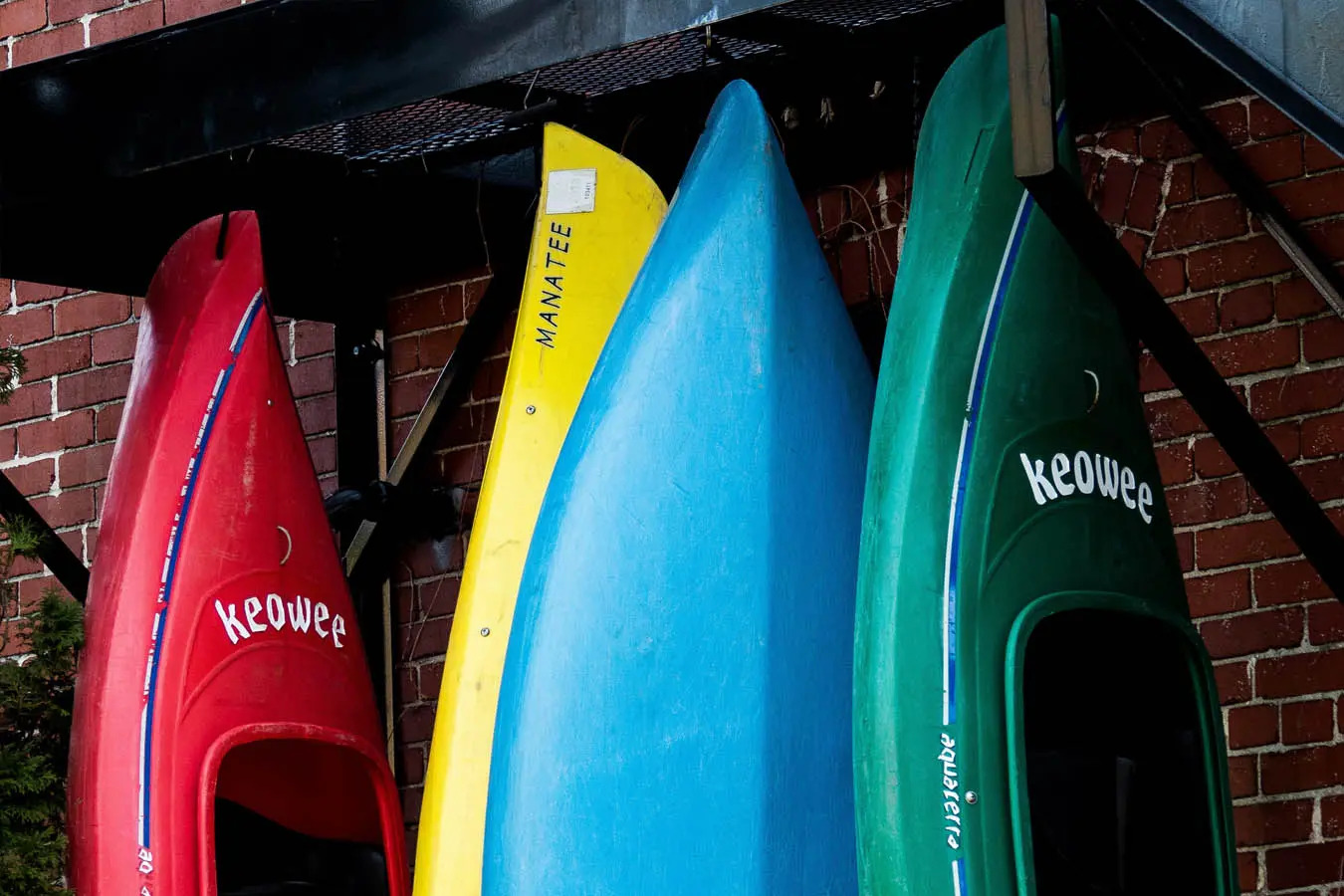
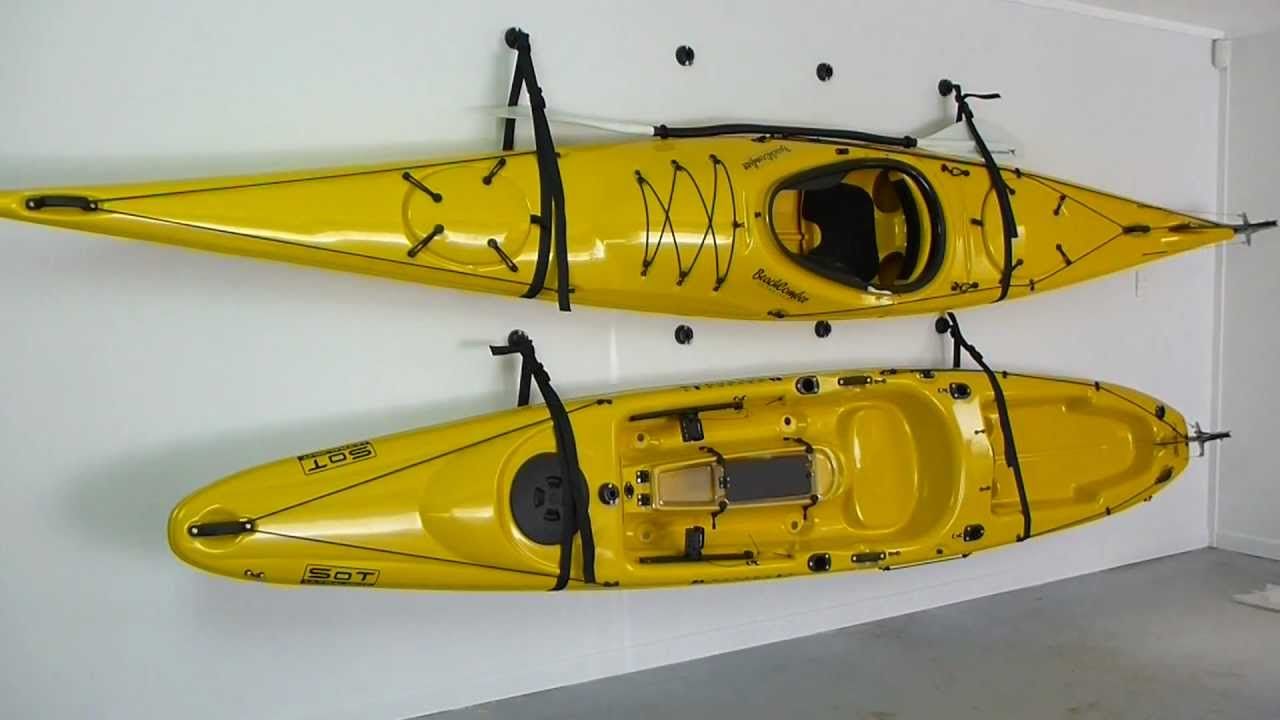
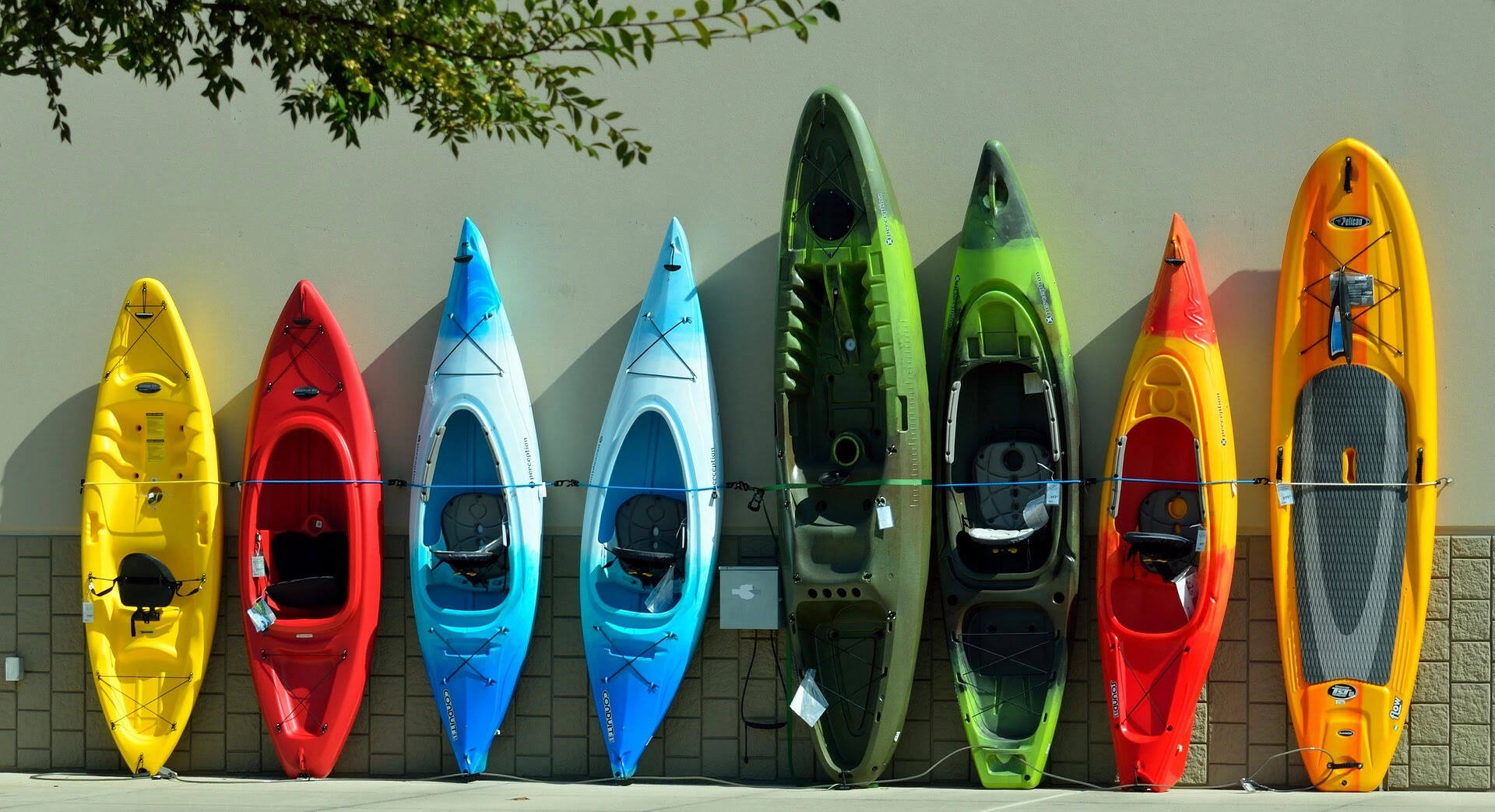
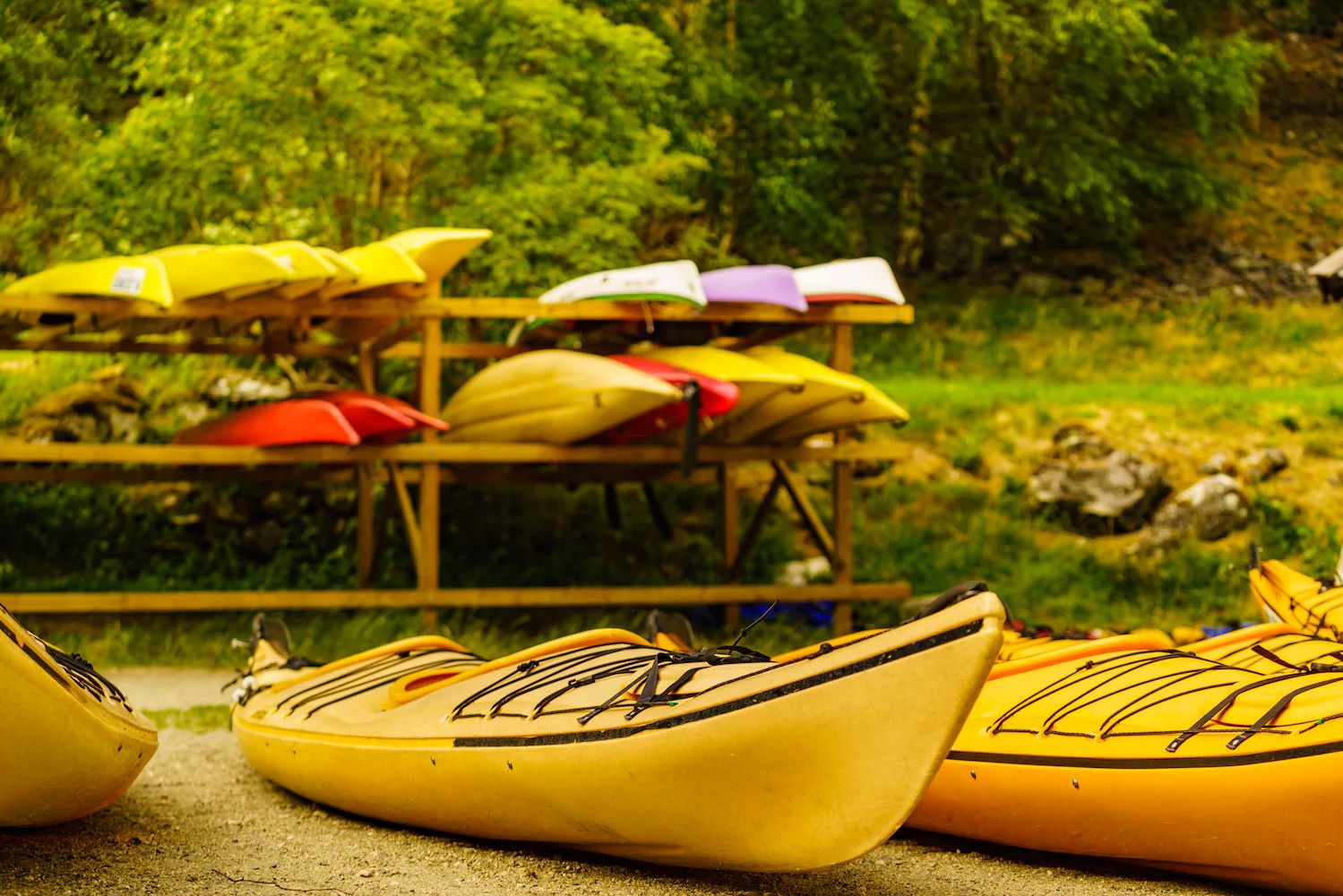

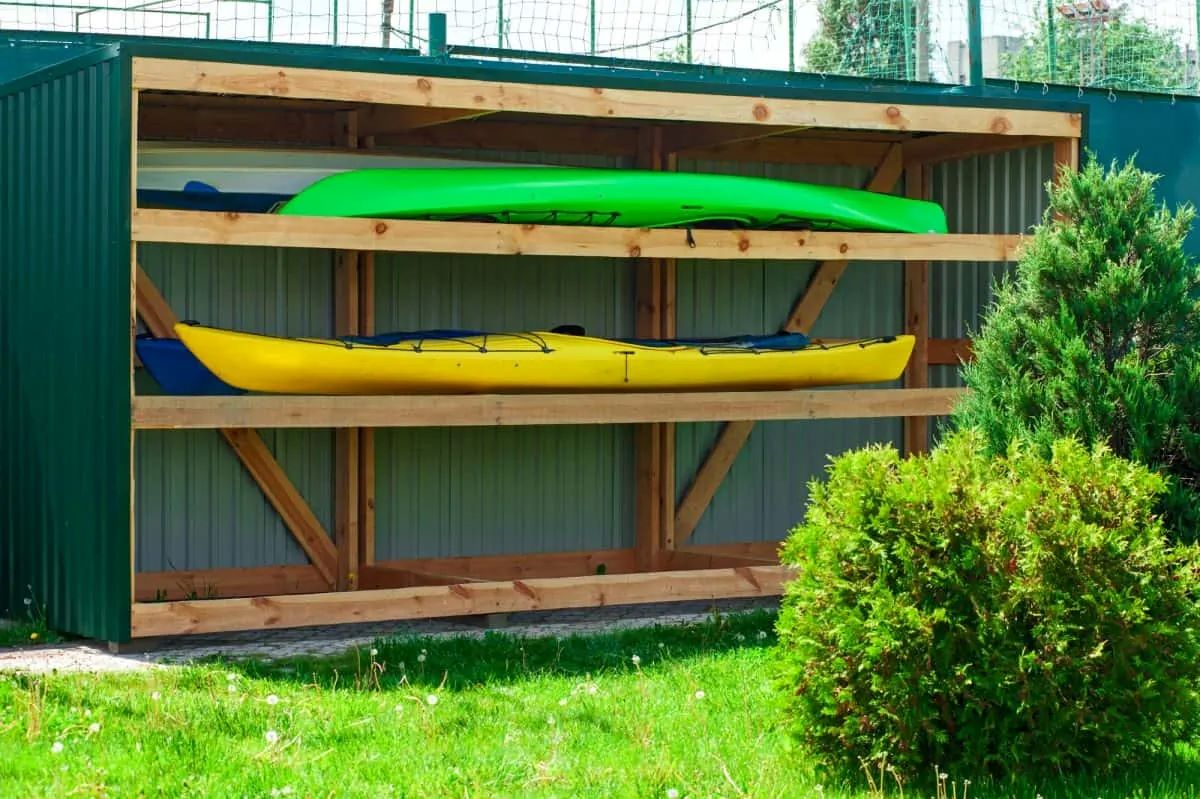
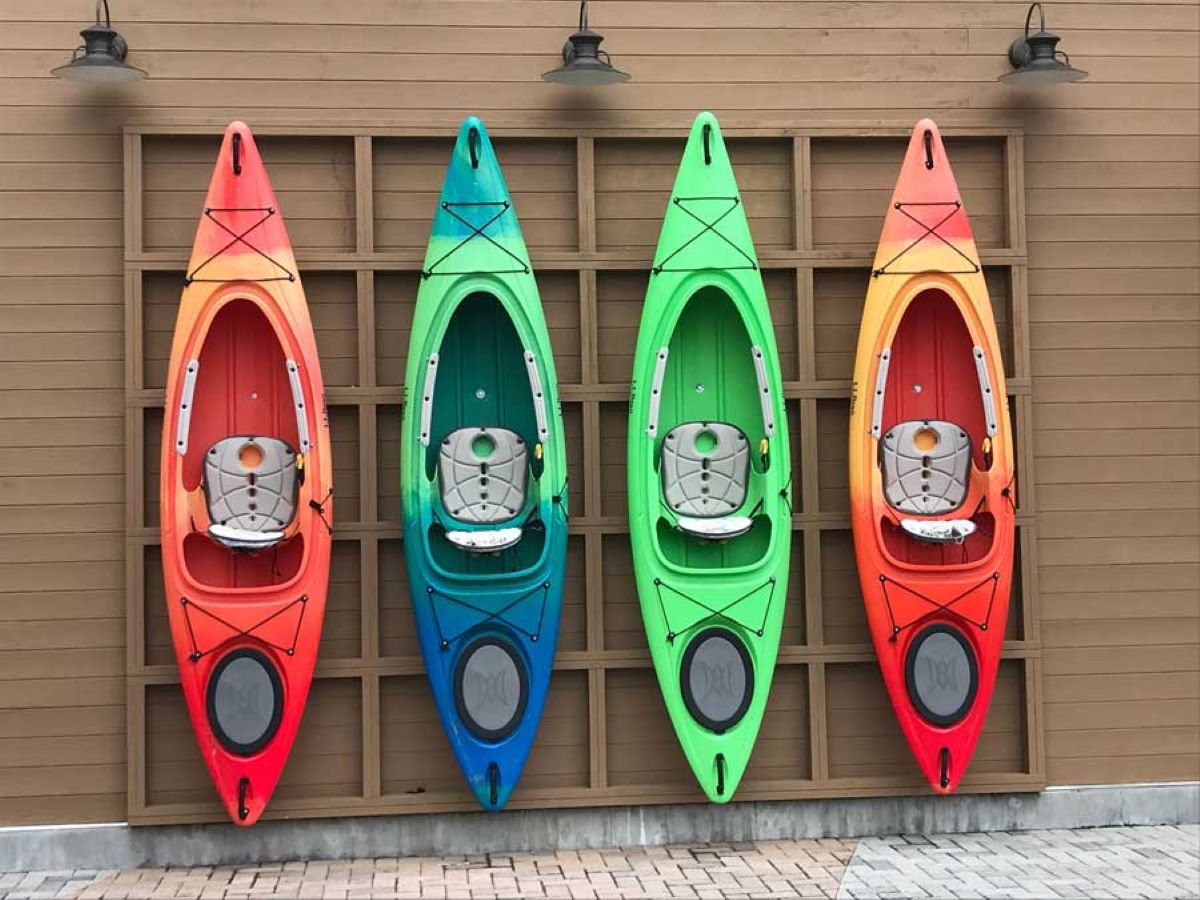
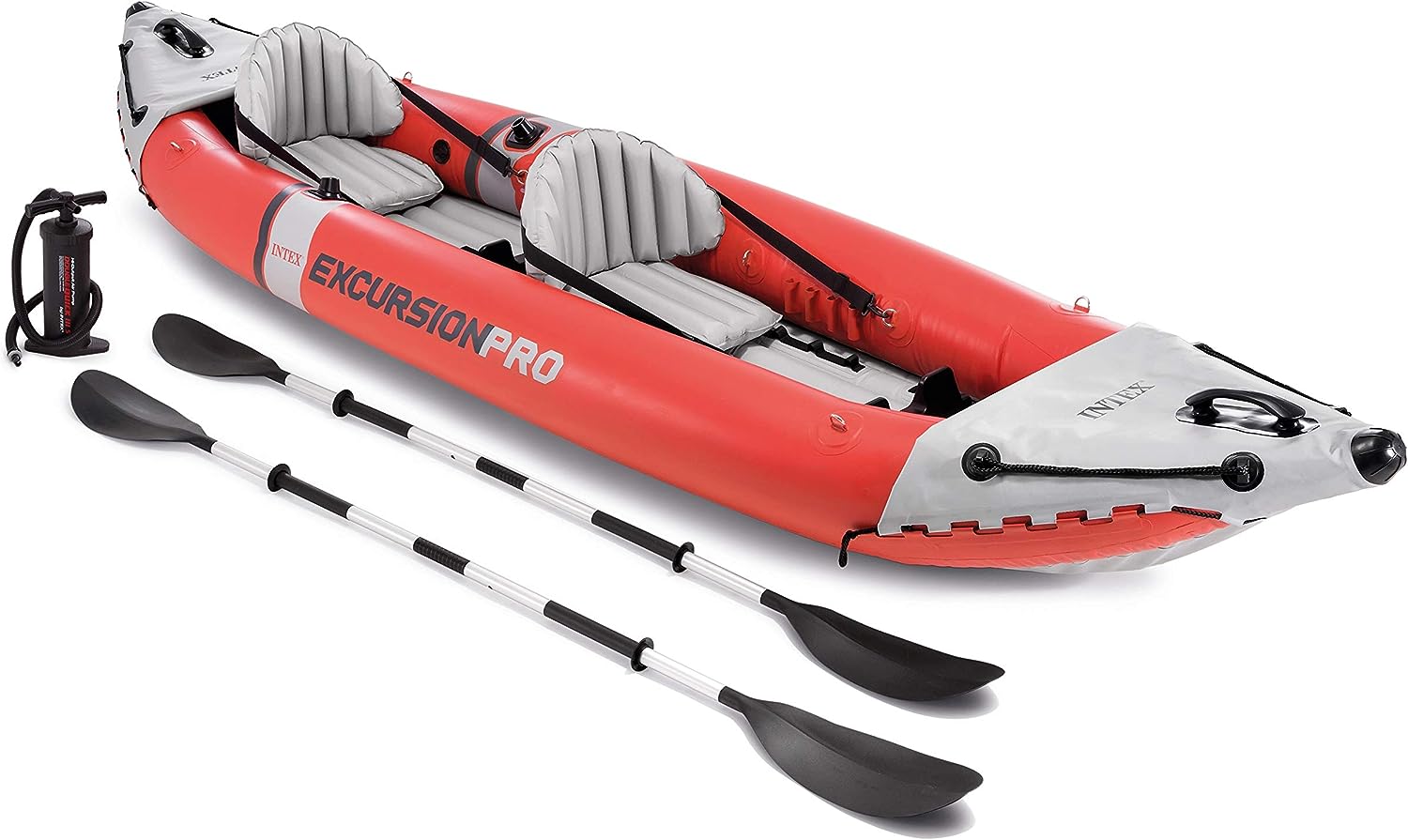
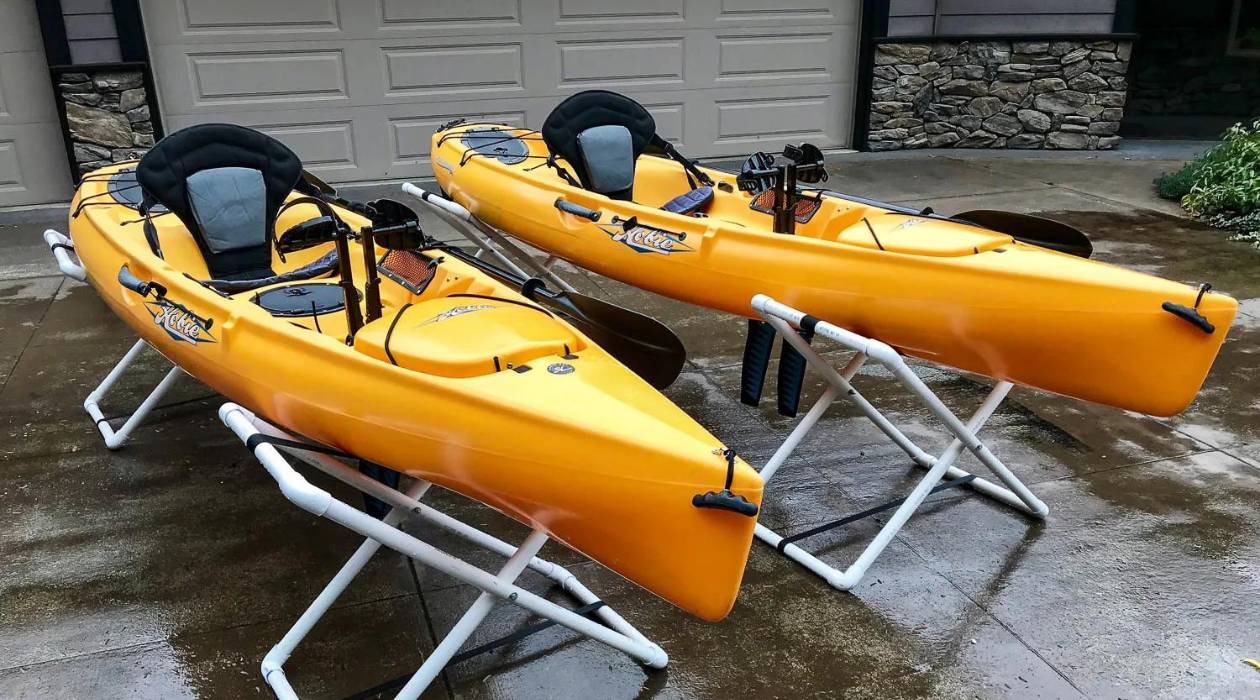
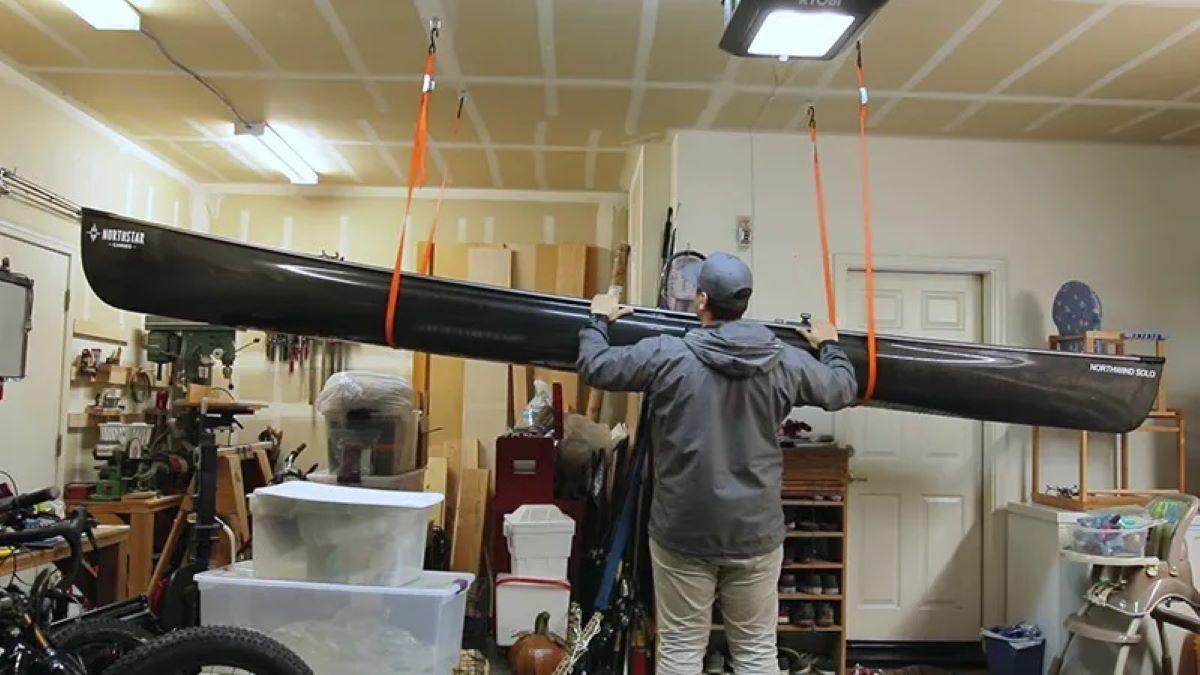
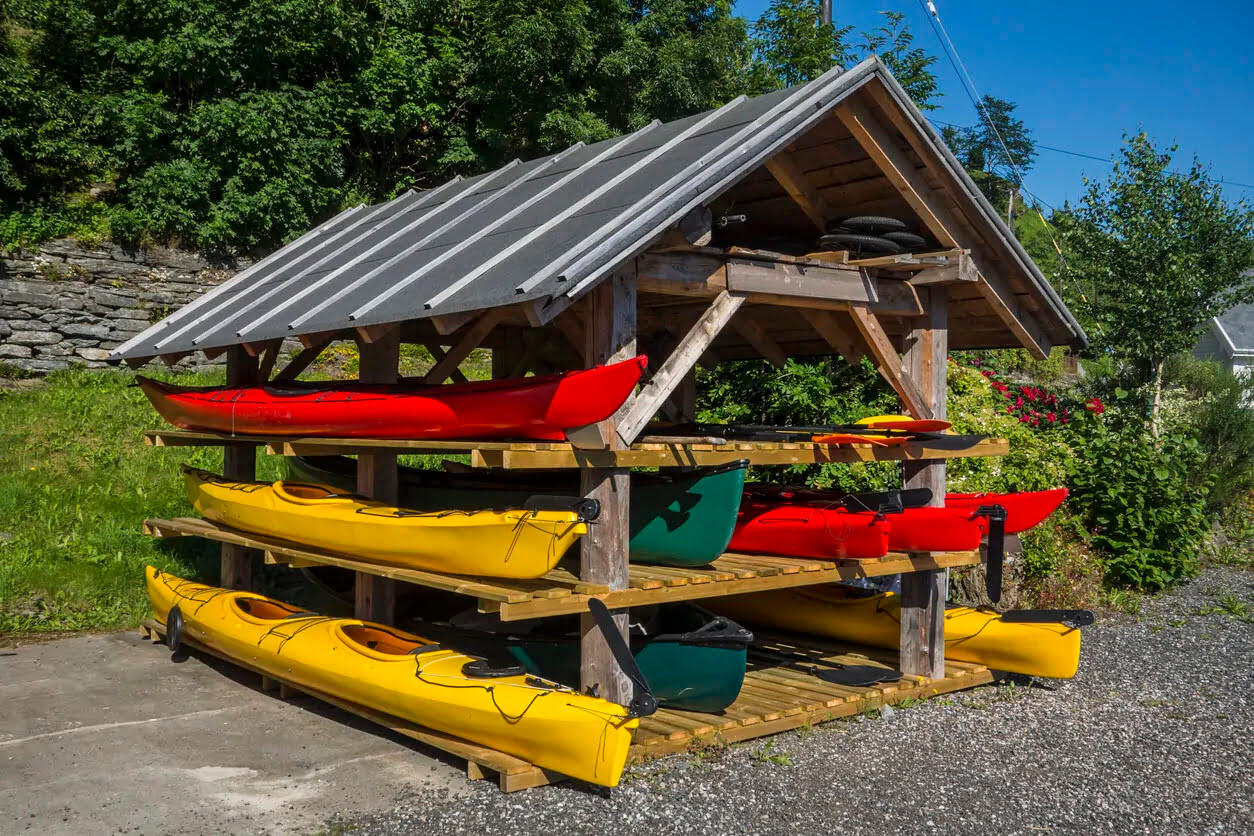
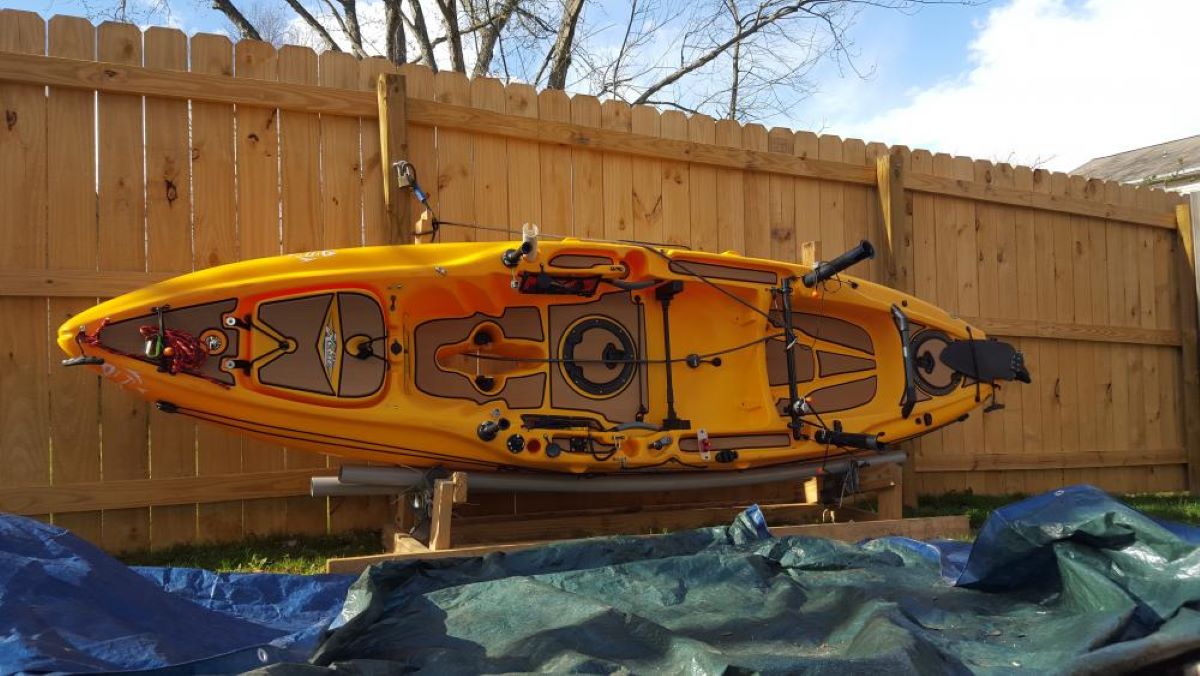
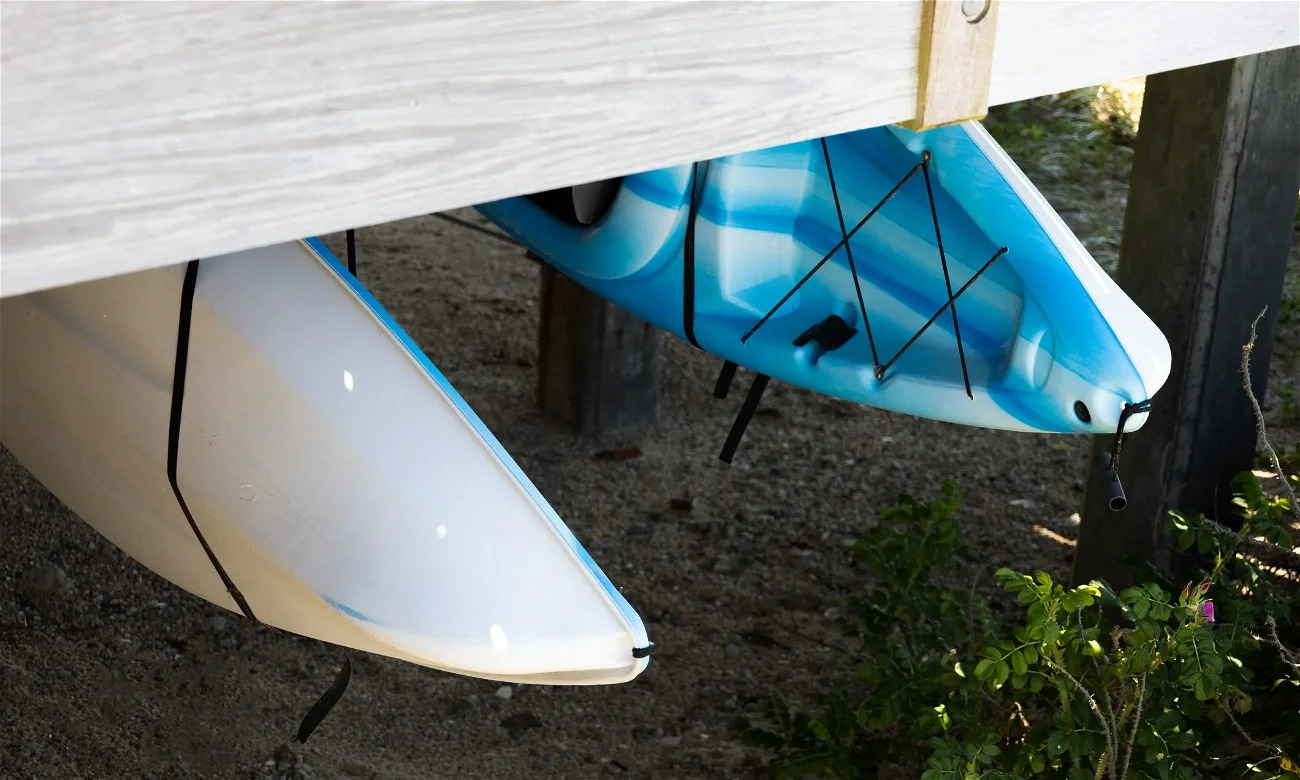
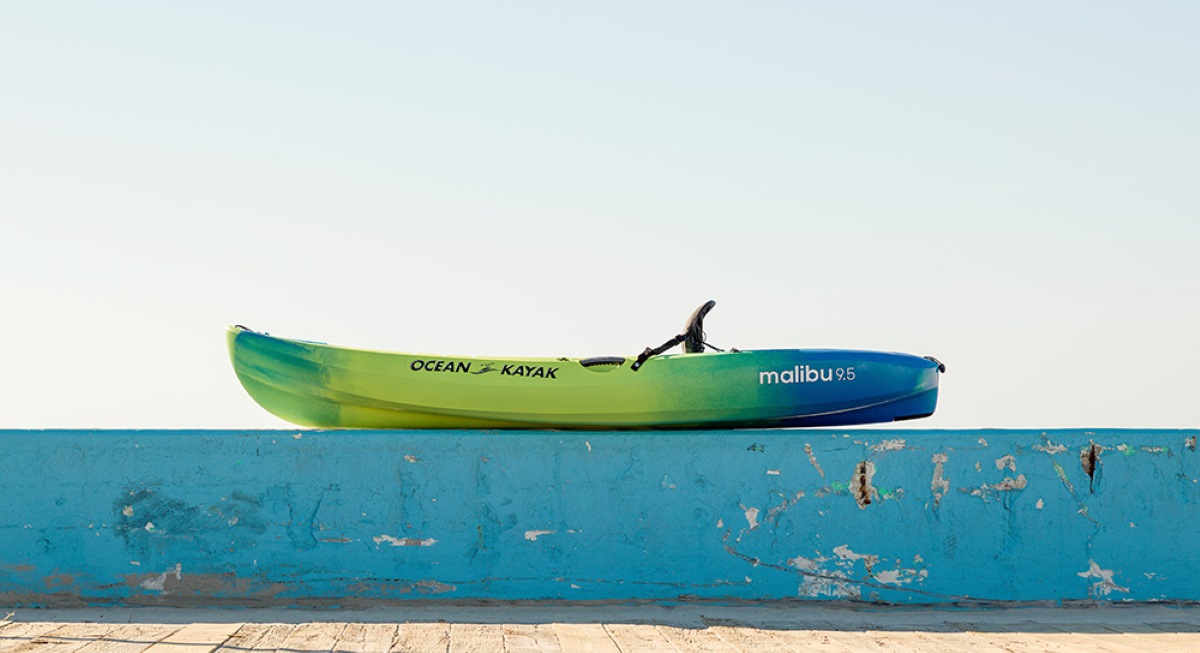

0 thoughts on “How To Store A Kayak In A Garage”